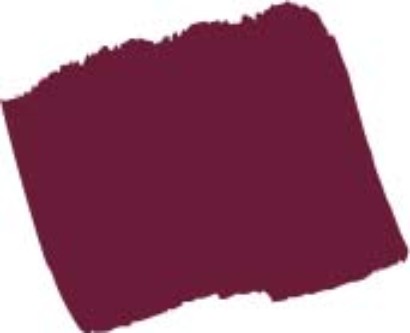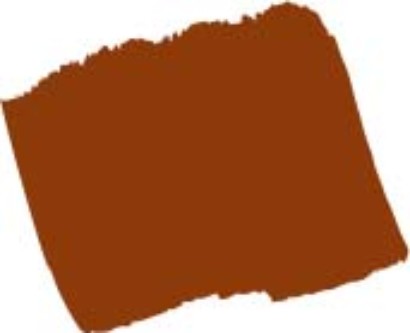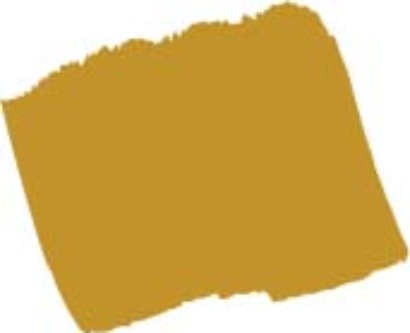Recherche


Please rotate your device
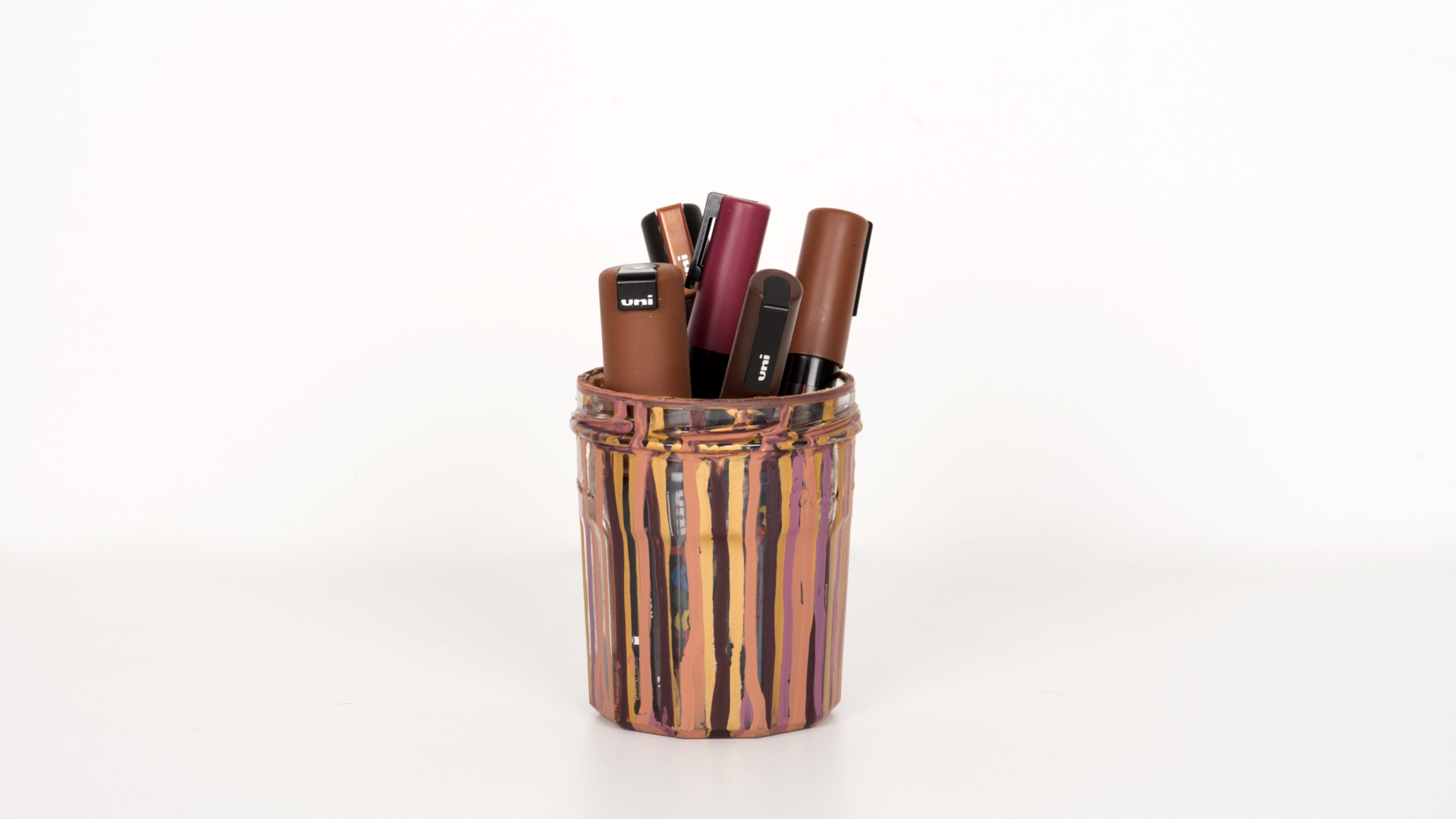
- Home / BROWNS
BROWNS
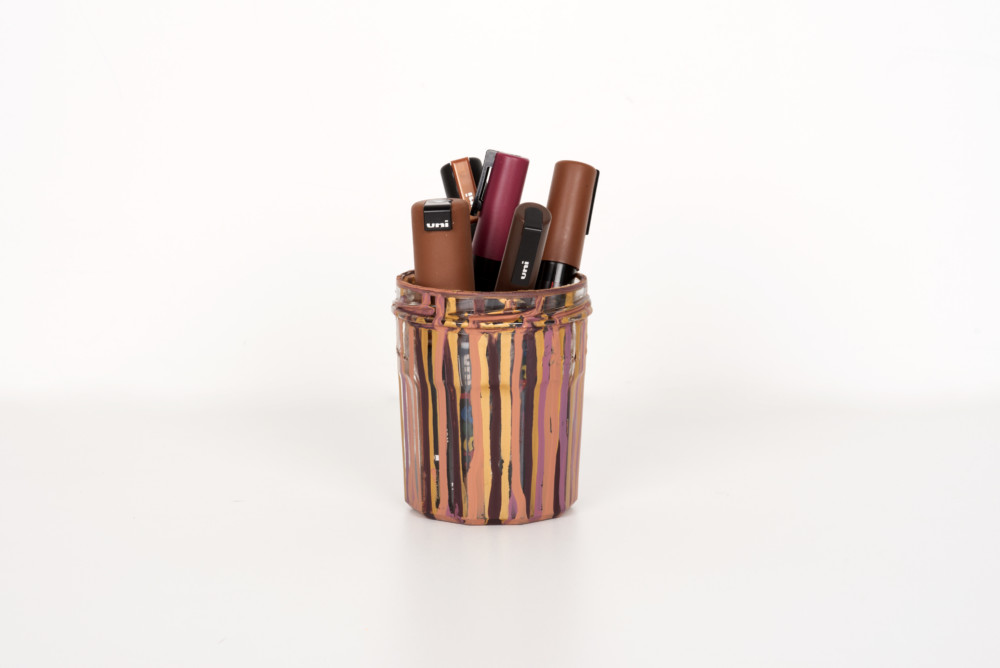
Brown is neither a primary, secondary, nor a tertiary colour: it therefore doesn’t have a complementary colour.
A warm colour, brown is generally defined as a fairly dull colour that disappears to the benefit of other colours. It is notably used as a variant of black when the latter is too prevalent.
You see it everywhere in nature, both in the animal kingdom and the plant kingdom. There are numerous shades of brown: sepia, auburn, rust, copper, fawn, etc.
Like grey, brown is not found in the colours defined by the subtractive system (physical approach to define colours) or the additive system (pictorial approach to define colours): indeed, it is the result of mixing a primary and secondary colour according to the additive system and it can’t be seen on a light spectrum because there is no brown wavelength according to the subtractive system.
It is consequently tricky to produce but you can obtain it with blue/orange, green/red, and violet/yellow mixes.
It is however easier to get brown in the form of natural pigments because they exist in greater quantities: natural umber, sienna earth, Caput Mortuum, bistre, or even cologne earth…
Brown is one of the classic colours in painting, across numerous art movements. At the end of the 20th century, it became trendy in fashion, with designers daring to use this colour once only used in the fields.
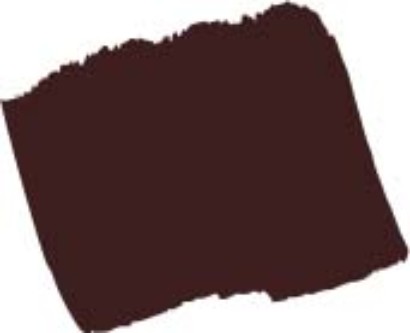
Dark brown
Available in PC-3M tip.



















.png)























.png)




